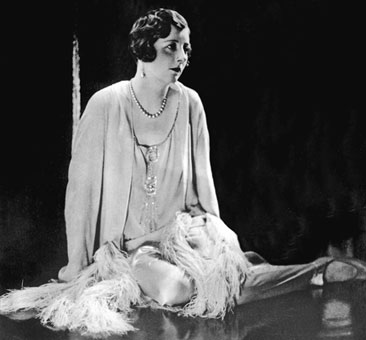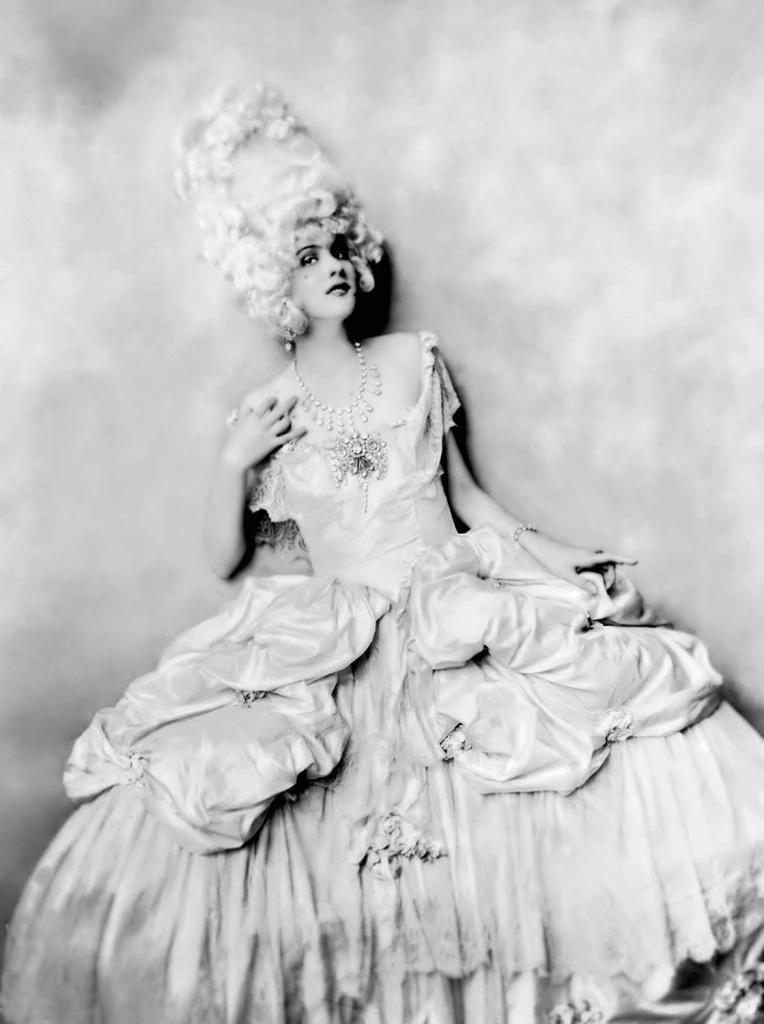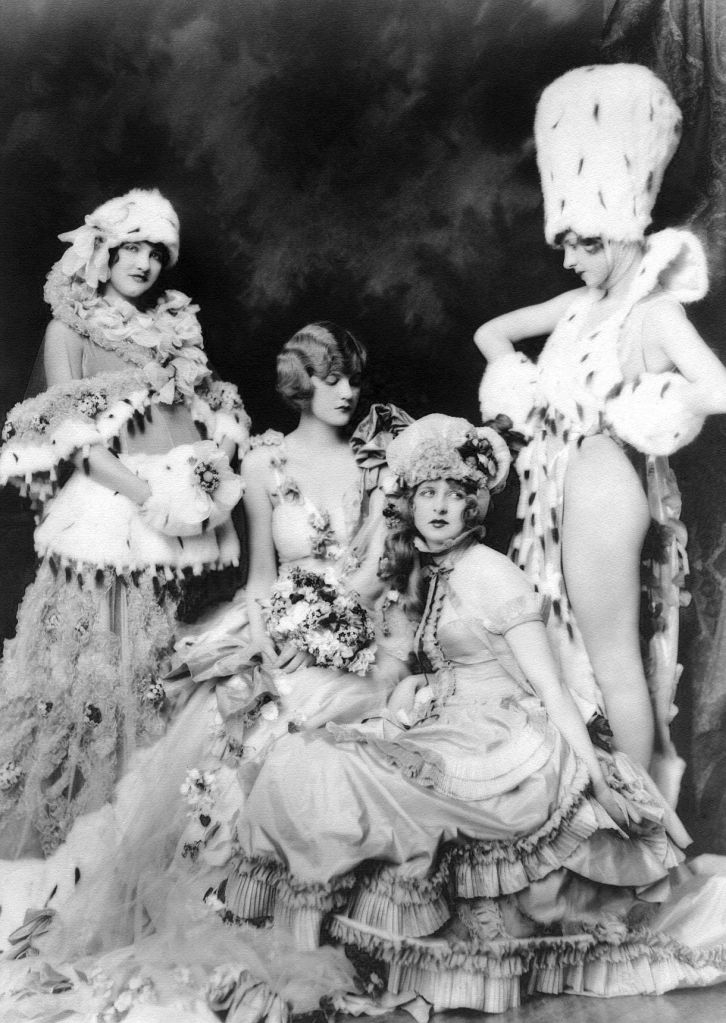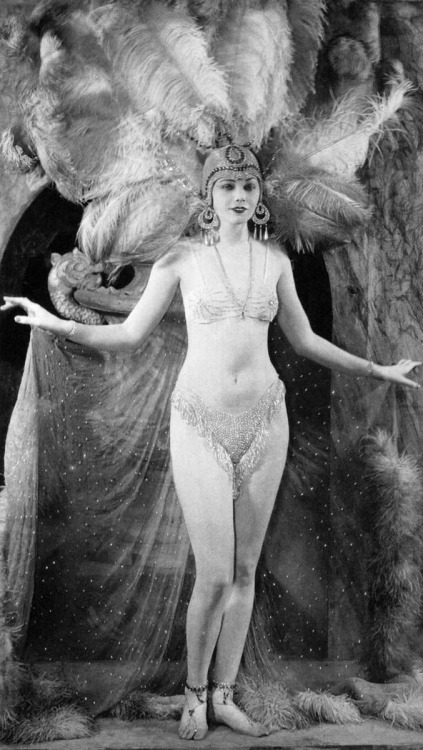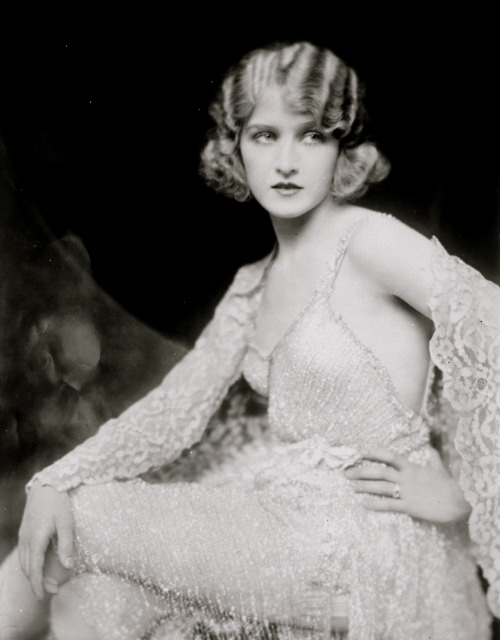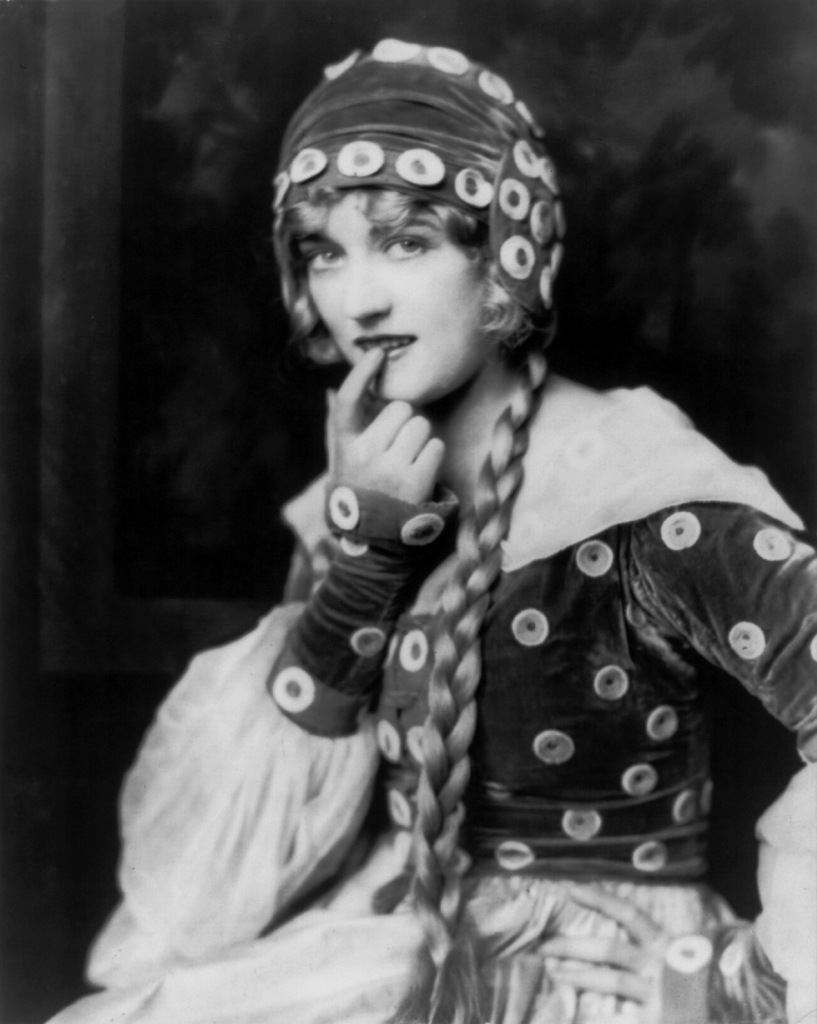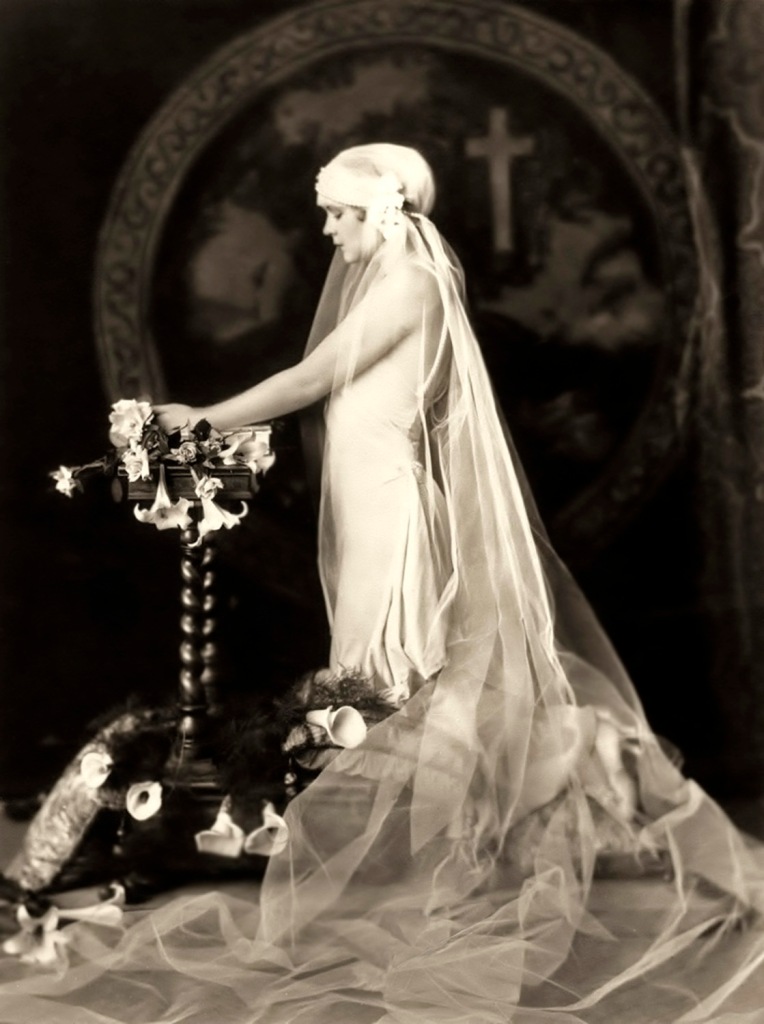Anita Berber (1899-1928) was immensely famous in 1920s Berlin. Berber was a dancer, actress, and writer who epitomized the excesses and decadences of the German Roaring Twenties. Incredibly, given her notoriety, almost no one in the present day would have heard of Anita Berber were it not for a portrait by Otto Dix from 1925.
Born in Leipzig to musician parents who later divorced, she was raised mainly by her grandmother in Dresden. In time Berber would exert a huge impact on Weimar Berlin, whose excesses and experimentation she both embodied and surpassed. Simply, in a period when Berlin was rethinking art, politics and life itself, Berber was going further than anyone else, blurring the line between life and performance, setting new standards for scandal and audacity.
It was her public appearances that really challenged taboos. Berber’s overt drug addiction and bisexuality were matters of public chatter. In addition to her addiction to cocaine, opium and morphine, one of Berber’s favourites was chloroform and ether mixed in a bowl. This would be stirred with a white rose, the petals of which she would then eat.
According to Mel Gordon, in The Seven Addictions and Five Professions of Anita Berber: Weimar Berlin’s Priestess of Debauchery, she was diagnosed with severe tuberculosis while performing abroad. After collapsing in Damascus, she returned to Germany and died in a Kreuzberg hospital on 10 November 1928.

Anita Berber, by Madame d’Ora, 1921.

Anita berber, ca. 1920 via

Anita Berber

Anita Berber








